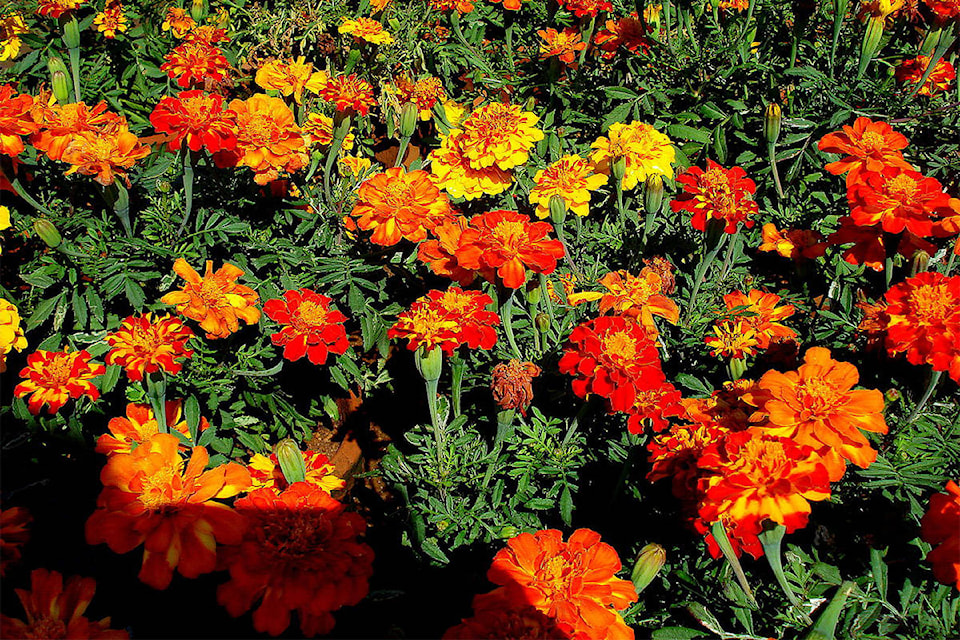Callandra Neustater
Observer Contributor
Companion planting is a form of polyculture (gardening that imitates nature) that can help a green thumb in a multitude of ways. It’s about bringing plants together that work well for each other to achieve a healthy and strong garden. From pest control and suppression to encouraging beneficial insects or pollen feeders, increasing crop productivity and more, companion planting can really come in handy.
Fighting off those pesky caterpillars that endlessly eat brassicas (cabbage, kale, broccoli, etc) can be a challenge. The answer to that battle might be in one simple and common flower, the nasturtium. A nasturtium flower is food for many caterpillars, and if planted around a bed of brassicas, can discourage the caterpillars from eating the brassicas. Speaking of brassicas, another common flower to consider is the clover. Planting clover amongst your cabbage, in particular, can hugely aid in ridding your garden of a handful of pest species, and allowing better crop growth.
Another simple and common flower that comes in handy when companion planting is the marigold. For my own garden, I typically like to plant a few marigolds in every bed. Marigolds deter the aphids that can seem almost impossible to be rid of. Aphids can even wipe out food crops. Not only can this flower steer aphids away, it also attracts hoverflies, whose larvae are a dominating predator to aphids.
Companion planting also means that some plants help other plants, not by discouraging or encouraging insects, but by one plant being able to build nutrients in the soil that are perfect for another plant to feed on. The “three sisters” – squash, corn, beans – are a remarkable example of companion planting working in this way.
When planting tomatoes this growing season, try planting beans close by. Beans supply nutrients to the soil and improve the tomato yield. Chives help prevent disease and are great pollinators. Sage is a shelter crop, helping protect from water damage. Some other great things to plant by your tomatoes are basil, borage, nasturtium, oregano, and sunflower. But keep in mind that some plants don’t go well together. Try to steer away from planting corn, dill, fennel, kohlrabi or potatoes too close to your tomatoes.
When companion planting for peppers, plant basil to deter pests. Chamomile can greatly improve not just flavour, but the general health of the pepper plant. Provide nutrients to the soil by planting yarrow close by. Other great things to plant close by are chive, marigold, garlic, nasturtium, oregano, and sunflower. Avoid planting your peppers close to beans, kohlrabi and fennel, as they don’t do well for them.
Try planting beans close by to your summer and winter squash too. Corn can act as a shelter and support for squash. Dill, with its fragrant leaves, scares off pests. To aid in improving the soil as well as speeding up maturity, grow radishes close by. Some other great things to plant by your summer and winter squash are chamomile, coriander, nasturtium, oregano, and sunflower, but keep away from planting them close to sage or potato.
Some other fun companion planting tricks to try this summer are: plant fennel, sunflower or lemon balm to attract pollinators to your garden. Try changing the flavour of neighbouring plants by planting your tomatoes intermingled with basil, and see if you can taste the difference. Skip some of the weeding – try leaving some deep-digging root weeds like dandelions. They naturally loosen the soil and improve the general quality of it, but just remember, they can spread like wildfire, so pick the flowers off before they go to seed. Good luck and have fun!
Callandra Neustater is a local green thumb.
